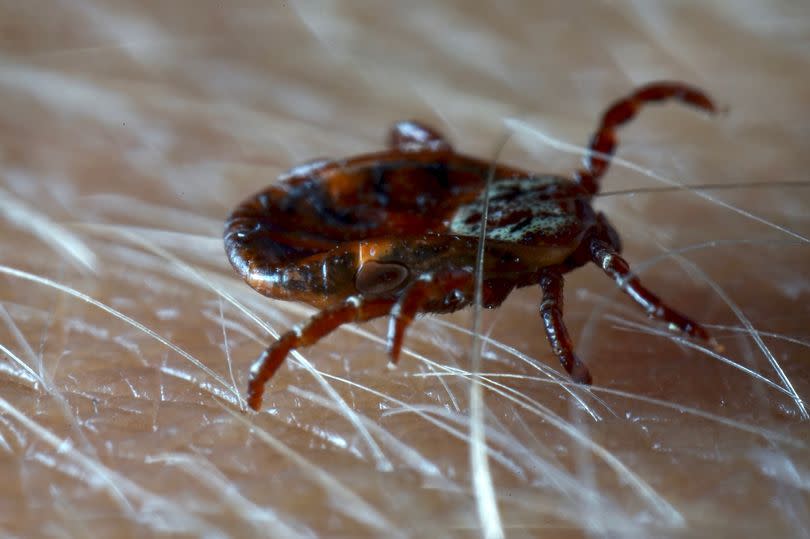Spain health warning issued amid report of serious disease that can be 'fatal'

A serious illness has been detected in Spain that is fatal in nearly 30 per cent of cases, sparking a warning from health officials.
Those considering visiting and currently in the country are being urged by Travel Health Pro - backed by the Foreign Office - to be aware of Crimean-Congo haemorrhagic fever (CCHF) - a viral disease that can be contracted through tick bites.
According to the Spanish Castile and León Ministry of Health, one patient with Crimean-Congo haemorrhagic fever has been isolated in a hospital in Salamanca and is in a stable condition.
As reported by Bristol Live, it said: “The patient remains admitted, stable in serious condition, at the Salamanca Hospital, where the protocolized epidemiological and care measures have been adopted.

“The confirmed case is an elderly man who is admitted to the Salamanca Hospital with a clinical picture compatible with CCHF. He has a tick bite and remains stable, although with the clinical severity that this pathology implies, with the isolation measures and protection of health professionals provided for these situations."
The Epidemiology Section of the Territorial Health Service of the Government of Castilla y León in the province of Salamanca, in collaboration with doctors the Hospital of Salamanca, said CCHF is caused by a virus.
Travel Health Pro states that in the past, the disease has been transmitted through human to human contact "as a result of exposure to blood, secretions, or other bodily fluids of infected persons".
The Castilla y León said the: “Main transmission mechanism is the bite of the tick of the genus 'Hyalomma', although it can also be transmitted from person to person through contact with blood or fluids of the patient, which can occur especially in healthcare personnel when they are not properly protected.”
The Spanish health authorities issued advice on how to take action to prevent catching CCHF. It said: “Regarding the prevention of bites by these insects, health authorities remind us of the importance of wearing appropriate clothing and footwear during outings in the countryside, as well as walking along paths and using repellents for both people and pets.
"Likewise, it must be insisted that any ticks that may have attached must be removed as soon as possible and appropriately, preferably by health professionals.”
Crimean-Congo haemorrhagic fever was identified in the Crimea (as Crimean fever) in 1944 and in the Belgian Congo (now Democratic Republic of the Congo) in 1956. In Spain, CCHF virus was first reported in ticks in 2010. The Spanish Ministry of Health reported 12 human cases and 4 deaths in Spain between 2013 and August 2022.
Travel Health Pro added: “The virus exists in nature in domestic and wild animals including horses, donkeys, goats, cattle, sheep, and pigs. The virus is usually transmitted to humans through the bite of an infected tick, or by direct contact with infected animal/human bodily fluids.
"Exposure to the virus is also possible from contact with blood from crushing an infected tick. Camping and hiking are risk factors for exposure to tick bites. The incubation period is between one and 13 days. Case fatality rate is approximately 30 percent.”
Don't miss the latest news from around Scotland and beyond. Sign up to our daily newsletter.

 Yahoo News
Yahoo News 
